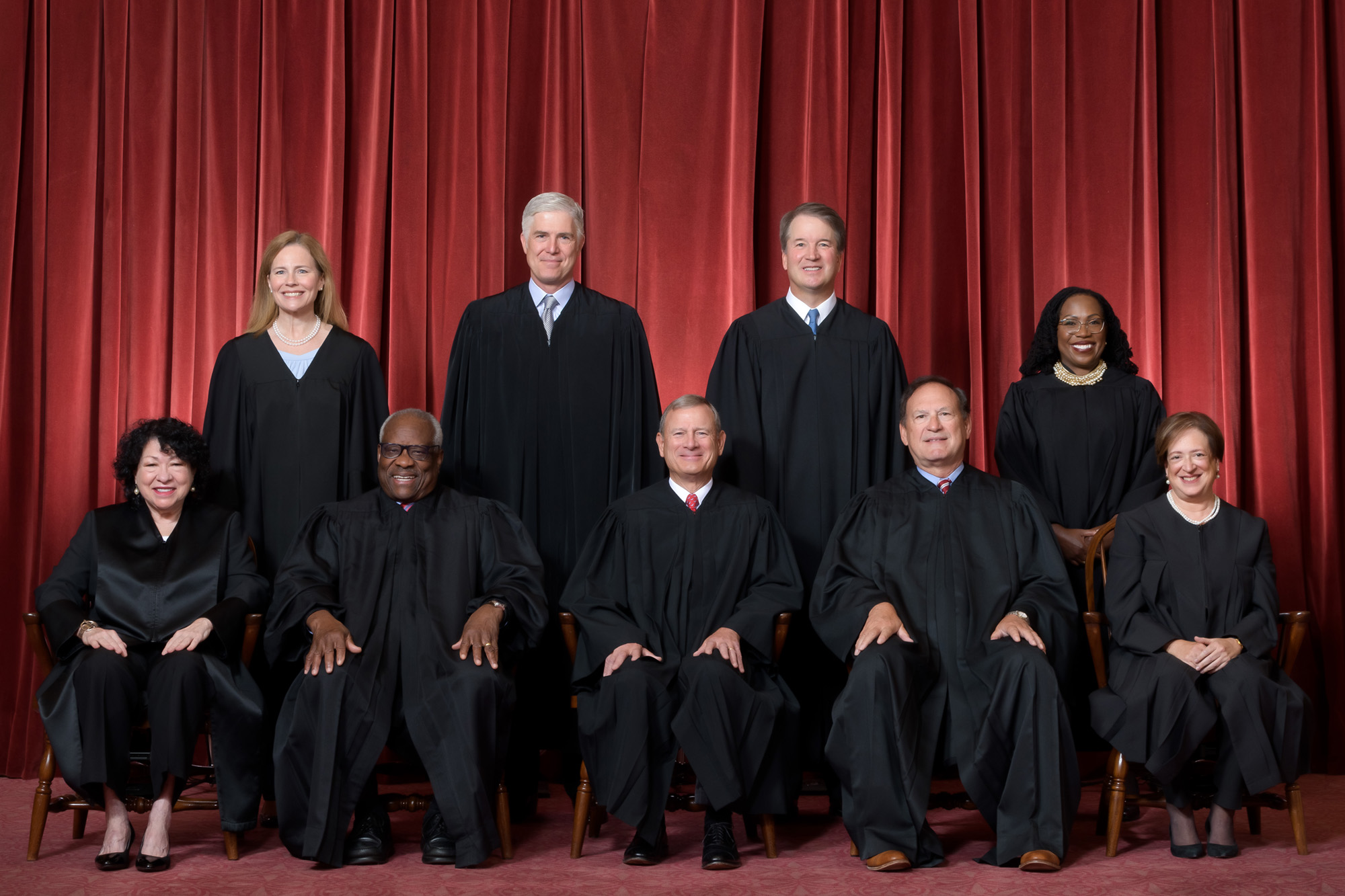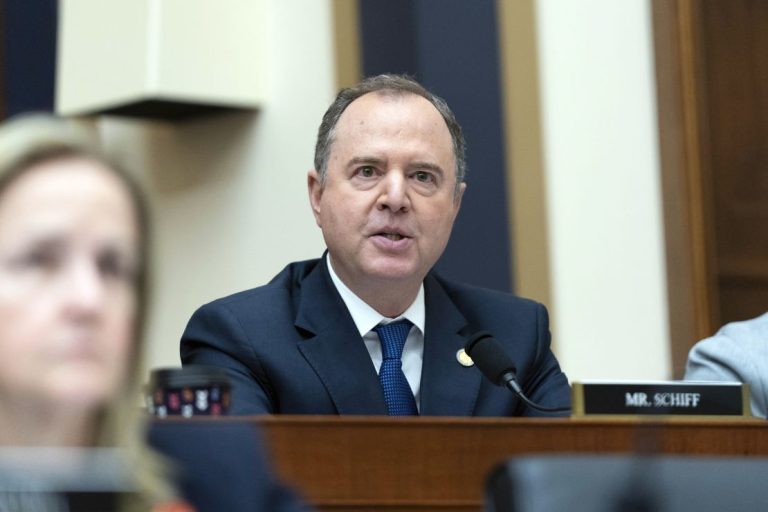California’s years-long push to overhaul its auto industry hit an unexpected roadblock this week, after a Supreme Court decision sent the state’s high-profile electric-vehicle strategy into legal uncertainty. The ruling, which arrived in a politically charged moment for climate policy, has left officials in Sacramento scrambling — and activists across the country demanding answers.
What happened, and what it means for the future of California’s climate roadmap, is now becoming clearer.
A Legal Battle Years in the Making
For more than a decade, California has used its special authority under the Clean Air Act to impose emissions standards stricter than those of the federal government. Governor Gavin Newsom accelerated that approach dramatically, announcing that by 2035, nearly all new vehicles sold in the state would need to be electric.
To climate advocates, the plan was bold. To critics, it was regulatory overreach.
Fuel producers, auto manufacturers, and energy groups had long warned that if California’s rules were allowed to stand, states could effectively reshape national energy markets. But their efforts to challenge the regulations hit a barrier: the Environmental Protection Agency, which had approved California’s request and argued that most industry groups lacked the standing to sue.
That argument worked for years — until the Supreme Court stepped in.
The Court’s Ruling: Standing Granted, Case Moves Forward
In a 7-2 decision, the Court ruled that fuel producers do have standing to challenge the EPA’s approval of California’s EV mandates. Justice Brett Kavanaugh, writing for the majority, laid out the core issue:
“The government generally may not target a business or industry through stringent and allegedly unlawful regulation, and then evade the resulting lawsuits by claiming the targets should be locked out of court.”
This simple but powerful line triggered shockwaves across the energy sector.
The Court did not rule on whether California’s mandates are legal — only that the lawsuit may proceed. But that procedural step carries massive implications, because it undermines the EPA’s long-standing attempt to shield California’s policies from judicial review.
And importantly, the decision wasn’t split along traditional ideological lines. One liberal justice joined the conservatives, signaling broader judicial skepticism toward California’s regulatory strategy.
California’s EV Mandate: What’s at Stake
Under the state’s rules, automakers must:
-
Reduce fleet-wide greenhouse-gas emissions,
-
Increase electric-vehicle production sharply, and
-
Begin phasing out new gasoline-only vehicles.
The goal: carbon neutrality by mid-century.
But critics say California used a narrow legal loophole within the Clean Air Act to justify sweeping rules that affect national markets — not just California’s.
If courts eventually strike down the EV mandate, California’s entire climate architecture could collapse, taking with it the dozens of states that follow California’s standards.
Why the Decision Hurts Newsom Politically
Governor Gavin Newsom has positioned himself as the most aggressive climate policymaker in America — and a potential 2028 presidential candidate.
He has repeatedly emphasized California’s leadership role, calling the state a “global model for climate ambition.”
But this ruling comes after a series of political setbacks:
-
Federal reversals of several California environmental rules,
-
A major Ninth Circuit ruling that blocked the state from reclaiming authority over its National Guard,
-
And rising voter frustration over energy costs and EV affordability.
The Supreme Court ruling now threatens one of Newsom’s signature achievements, and it does so at a moment when he can least afford new political headwinds.
Industry Response: “A Major Victory”
Fuel-industry leaders celebrated the ruling as a turning point.
Chet Thompson, head of the American Fuel & Petrochemical Manufacturers, said the Supreme Court had “put to rest any question” about whether energy producers may challenge the EV mandate.
He argued that:
-
California had overstepped the authority Congress granted,
-
The state cannot ban gasoline vehicles through indirect means,
-
And the EPA improperly approved regulations beyond its statutory scope.
To industry groups, the case is not just about cars — it’s about how far a state can go in trying to reshape the national energy landscape.
The EPA’s Changing Story
Part of what hurt the government’s case was the EPA’s shifting legal rationale.
Over the years, the agency changed its explanation of how California’s EV requirements fit within the Clean Air Act. Justice Kavanaugh pointed to these inconsistencies, noting that regulatory agencies must apply the law consistently — and cannot move legal goalposts depending on political priorities.
That critique may influence future challenges to federal climate policy far beyond this case.
The Political Fallout: A National Fight Over Who Sets Energy Policy
The ruling has sparked fierce national debate.
Supporters say:
-
States shouldn’t dictate national fuel markets
-
California’s rules force consumers into costly EVs
-
The EPA acted politically instead of legally
Opponents respond:
-
States need the freedom to innovate
-
EV mandates are critical to fighting climate change
-
Industry lawsuits will slow progress and protect profits
Both sides agree on one thing: the case is far from over.
What Happens Next
Now that standing is established, the lawsuit moves back to lower courts to decide the substance of the challenge — whether California’s EV mandates violate federal law.
Possible outcomes include:
✔ California wins
The rules stand, but industry groups could appeal back to the Supreme Court.
✔ Industry wins
The EV mandate collapses, forcing California to rewrite major climate policies.
✔ A mixed outcome
Some parts of the mandate survive while others are blocked.
Given the stakes, whatever happens next is likely to be appealed, possibly setting up another Supreme Court showdown in the coming years.
A Growing Pattern of Climate Policy Setbacks
The ruling comes alongside another setback for California: the Ninth Circuit recently gave President Trump authority to maintain control of the California National Guard in Los Angeles, reversing a lower-court ruling that claimed federalizing the Guard violated the Tenth Amendment.
For California’s leadership, the combined blows signal that federal courts are increasingly skeptical of the state’s expansive interpretation of its own authority.

Sarah Mitchell is a bestselling novelist recognized for her insightful and emotionally resonant stories that explore the complexities of human relationships. Originally from Denver, Colorado, Sarah grew up in a family of teachers who nurtured her curiosity and love for storytelling. She studied psychology at Stanford University, where she became fascinated by the intricacies of human behavior—an interest that would later shape her writing career. Sarah’s novels are praised for their nuanced characters, intricate plots, and ability to capture the subtle tensions that define love, friendship, and family ties. Her breakthrough novel, The Spaces Between Us, became an instant bestseller, lauded for its honest portrayal of strained family relationships and the fragile bonds that hold people together. Since then, she has published several works that continue to captivate audiences around the world. Outside of her writing career, Sarah is passionate about mental health advocacy and often partners with organizations to promote awareness and support for those struggling with emotional well-being. Her personal life is quieter—she enjoys hiking in the Colorado mountains, practicing yoga, and spending time with close friends. With each new book, Sarah Mitchell cements her reputation as a writer who illuminates the beauty and struggles of human connection.









